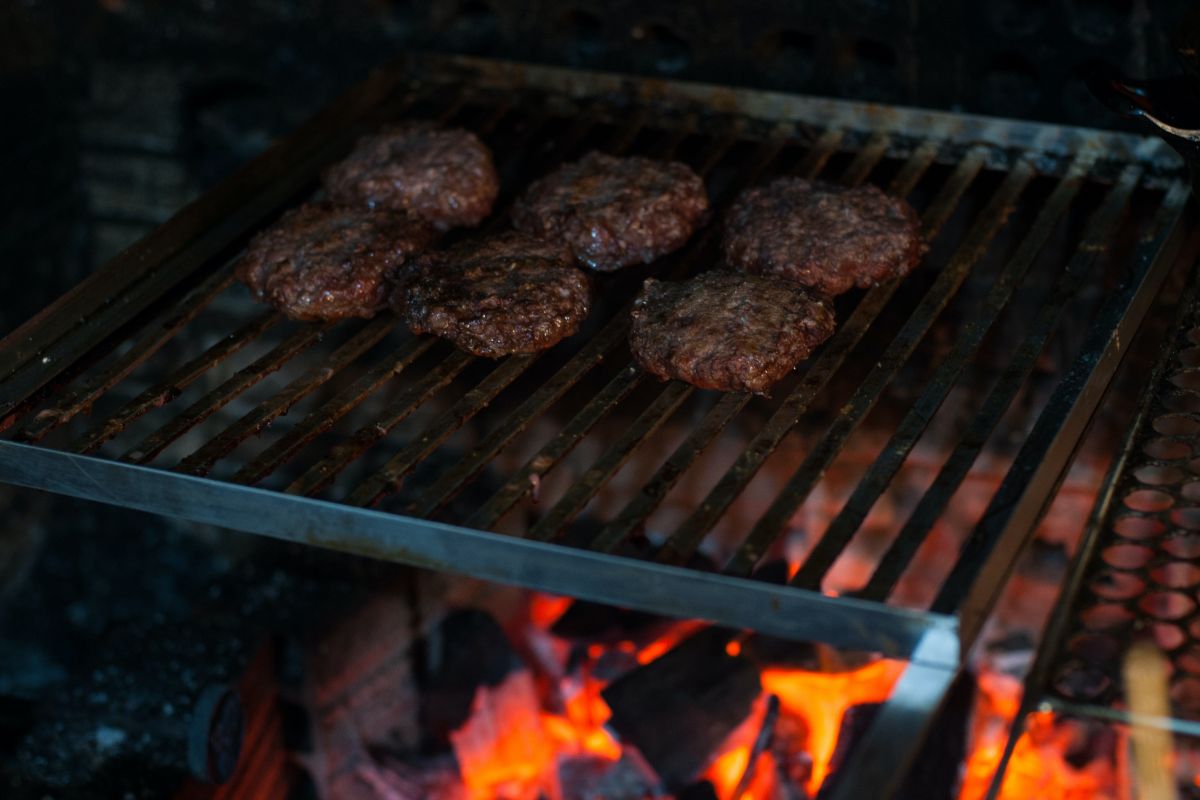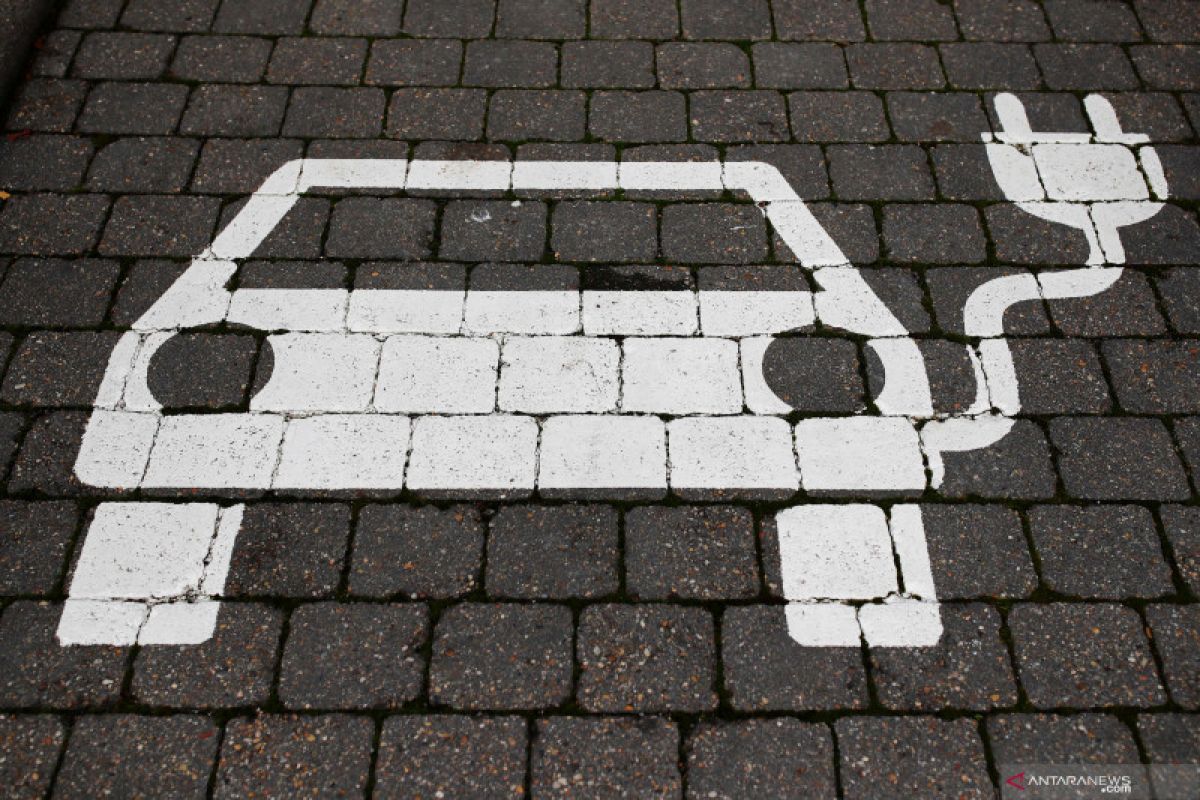TEMPO.CO, Jakarta - The history of U.S. recessions marks several economic downturns experienced by this powerful nation. But what does this really mean? In simple terms, over the years, the U.S. has weathered many periods of significant decline in economic activity, which usually last for at least two consecutive quarters.
This affects everything: business activity slows down, companies close, jobs are lost, and uncertainty rises. These economic storms vary in severity—some are brief, while others are deep.
Citing from Investopedia and The Balance Money, this article briefly unveils the history of U.S. recessions, starting from the Great Depression.
U.S. Recession History
The Great Depression (1929–1933)
As its name implies, the Great Depression was the most devastating economic downturn in U.S. recession history. While originating in the U.S., this crisis impacted nearly every country around the globe.
Major impacts of the Great Depression included a 47% decline in U.S. industrial production, a 30% drop in real GDP, a 30% fall in wholesale prices (deflation), and an unemployment rate exceeding 20%.
According to Britannica, a decline in spending, also known as aggregate demand, was the primary driver of the Great Depression. As people and businesses cut back on spending, production declined. Factories and merchants saw inventories piling up, leading them to further reduce production, thereby exacerbating the economic downturn.
The Union Recession (1945)
Occurring shortly after the end of World War II, the Union Recession in 1945 was a short but sharp downturn as wartime production slowed and the economy transitioned back to civilian needs. It lasted for eight months, from February to October, and was characterized by high rates of unemployment.
The Post-War Recession (1948–1949)
Similar to the Union Recession, the Post-War Recession was marked by decreased economic growth, high unemployment rates, and a drop in consumer spending. This 11-month crisis reached a peak unemployment rate of 7.9% in October 1949, driven by the rapid rise in interest rates by the Federal Reserve and the shift to a peacetime economy.
The Post-Korean War Recession (1953-1954)
The 10-month recession following the end of the Korean War spanned from July 1953 to May 1954. This downturn was particularly significant as the U.S. had experienced robust growth in industrial production during the war.
As the conflict ended, demobilization and a reduction in military spending were inevitable, resulting in a US$14 billion decrease—about 20% from its peak. A 7.9% inflation rate and cyclical factors also contributed to the crisis, resulting in a 5.9% contraction in GDP during the fourth quarter of 1953.
The Eisenhower Recession (1957–1958)
Following the 'Golden Age of Capitalism,' a period marked by low unemployment and high consumer spending, the United States faced economic downturns in the mid-1950s—the Eisenhower Recession. This crisis was largely attributed to the Federal Reserve's tight monetary policy. The federal funds rate was raised from 2.5% in early 1957 to 3.5% by mid-year, which eventually dampened consumer demand.
The Rolling Adjustment Recession (1960–1961)
Compared to other major recessions, the Rolling Adjustment may have been less severe. It lasted for approximately a year, following the strong growth of the Post-War Economic Boom. By the late 1950s, the economy began to show signs of weakening, including rising inflation, increased unemployment, and a growing U.S. trade deficit.
One of the key drivers of this downturn was the tight monetary policy implemented to control inflation, which saw the federal funds rate rise from 1.98% in 1958 to 4.03% in 1960. By May 1961, unemployment had peaked at 7.1%.
The Oil Embargo Recession (1973–1975)
Another dramatic crisis in U.S. recession history was the Oil Embargo Recession of 1973. Lasting from November 1973 to March 1975, it was triggered by the OPEC oil embargo, which resulted from President Richard Nixon’s decision to provide US$2.2 billion in aid to Israel.
During this period, oil prices nearly quadrupled from $2.90 per barrel before the embargo to $11.65 per barrel in January 1974. This recession also saw inflation and unemployment rise simultaneously, a phenomenon known as stagflation.
Early 1980s Recession (1980–1982)
The early 1980s saw a severe double-dip recession, largely due to the Federal Reserve’s efforts to curb inflation through high interest rates. The first part of the recession occurred in 1980, and the second dip happened from July 1981 to November 1982.
Inflation was rampant, and interest rates were raised to 19%. This led to high unemployment rates, peaking at over 10%, and caused a severe contraction in GDP. However, it ultimately helped to curb inflation and set the stage for the economic boom of the 1980s.
The Gulf War Recession (1990–1991)
The Gulf War Recession lasted for nine months in the early 1990s, from July 1990 to March 1991. Largely driven by the Gulf War—a conflict between Iraq and a coalition of international forces led by the United States—this recession had significant impacts not only on the U.S. but also on the global economy.
The Dot-Com Recession (2001)
The burst of the dot-com bubble in the early 2000s led to a short but significant recession in 2001. The technology sector saw a massive collapse, causing a slowdown in investment and business activity.
The recession ran for about eight months, from March to November 2001, and was exacerbated by the September 11 attacks. The unemployment rate reached 6.3%.
The Great Recession (2007–2009)
The Great Recession was the most severe economic downturn since the Great Depression. Triggered by the housing bubble burst and the subprime mortgage crisis, it led to the collapse of major financial institutions, including Lehman Brothers in 2008.
The recession lasted from December 2007 to June 2009, causing widespread job losses, home foreclosures, and a significant drop in economic output. Unemployment peaked at 10% in October 2009.
The COVID-19 Recession (February–April 2020)
Balance Money notes the COVID-19 recession as the worst since the Great Depression. This sharp downturn in the U.S. was triggered by the global pandemic, with lockdowns and restrictions on businesses, travel, and public activities bringing the economy to a standstill.
Although it ran only for two months, the unemployment rate surged to a staggering 14.7% and remained in double digits until August. The stock market also suffered, driven by widespread uncertainty.
While recessions are part of the natural economic cycle, understanding their causes and effects can aid in preparing for the future. This knowledge might also encourage further exploration of economy-related topics, such as the strongest nations in the world leading global economy.
Editor's Choice: When Was the Highest Gold Price Ever? Key Insights for Smart Investors
Click here to get the latest news updates from Tempo on Google News














































